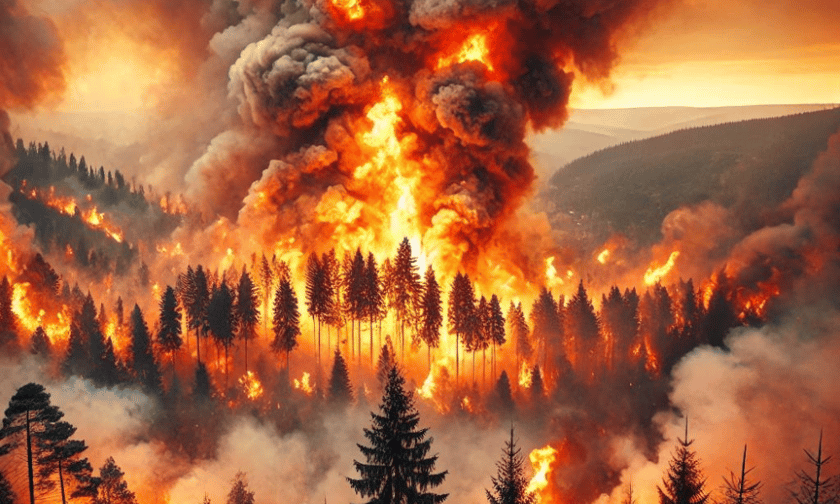

Wildfires are an escalating threat, consistently surpassing historical records. Since 2000, they have consumed 7 million acres annually, double the yearly acreage burned in the 1990s, according to Swiss Re.
According to a report from the reinsurer, this trend shows little sign of abating. In 2023, wildfires in Hawaii led to the largest insured loss from any natural catastrophe event ever seen in the state, in a region previously considered to have low catastrophe risk.
The Smokehouse Creek fire, burning more than 1.2 million acres, was the largest ever in Texas. These events underscore the urgent need for proactive measures to mitigate these risks.
Swiss Re, in collaboration with Bellwether, announced that it is using AI and comprehensive data harvesting to enhance underwriting capabilities for insurers facing wildfire risk.
Bellwether’s technology harnesses 600 layers of geodata from sources like Google, including detailed information on canopy, vegetation, precipitation, and wind speed. These datasets train machine learning models to forecast wildfire risk in specific areas accurately.
This capability is integrated into CatNet, Swiss Re's online natural hazard atlas, to help insurers assess risk accurately in wildfire-prone regions.
Supported by 20 years of historical data, Swiss Re explains that this approach provides physics-backed results and new insights into fire dynamics, unveiling neighborhood-specific risk factors and illustrating how past burns could influence future events. These tools can forecast wildfire risk with precise accuracy for up to five years.
Traditional risk evaluation methods have proven inadequate against evolving wildfire threats. They rely on outdated assumptions and incomplete data sets that fail to recognize the complex interactions driving wildfire risk and changes in extreme fire behavior.
Models have been stressed by new fire behaviors, such as fires creating their own weather, crossing the Sierra crest, burning the same landscape consecutively, and entering urban areas. These phenomena were often not accounted for in modeling until after they caused major insured losses. Accurate tools to forecast future wildfire risks have been scarce, largely due to challenges around "interannual" variability.
What are your thoughts on this story? Please feel free to share your comments below.
